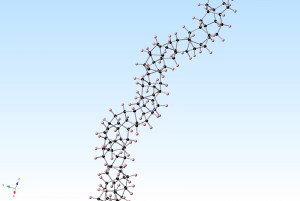 The space elevator: a concept first conceptualized in the late 19th century that has been highly disputed and contested over the years. Many scientists and research institutions believe that the space elevator can be actualized in our lifetime. Up until 2014, Google X’s Rapid Evaluation R&D team was still working on bringing this concept to life. However, the project came to a halt due to the lack of advancement in the field of carbon nanotubes—the material that many deemed necessary to meet the strength requirements for the space elevator.
The space elevator: a concept first conceptualized in the late 19th century that has been highly disputed and contested over the years. Many scientists and research institutions believe that the space elevator can be actualized in our lifetime. Up until 2014, Google X’s Rapid Evaluation R&D team was still working on bringing this concept to life. However, the project came to a halt due to the lack of advancement in the field of carbon nanotubes—the material that many deemed necessary to meet the strength requirements for the space elevator.
But work in the field of carbon nanotubes pressed on, and in 2014 diamond nanothreads were first synthesized. With strength properties similar to that of carbon nanotubes, researchers are once again interested in the development of the space elevator.
After testing from the Queensland University of Technology in Australia, researchers are putting a breath of fresh air into the space elevator with large scale diamond nanothreads, which may potentially be the world’s strongest substance.



